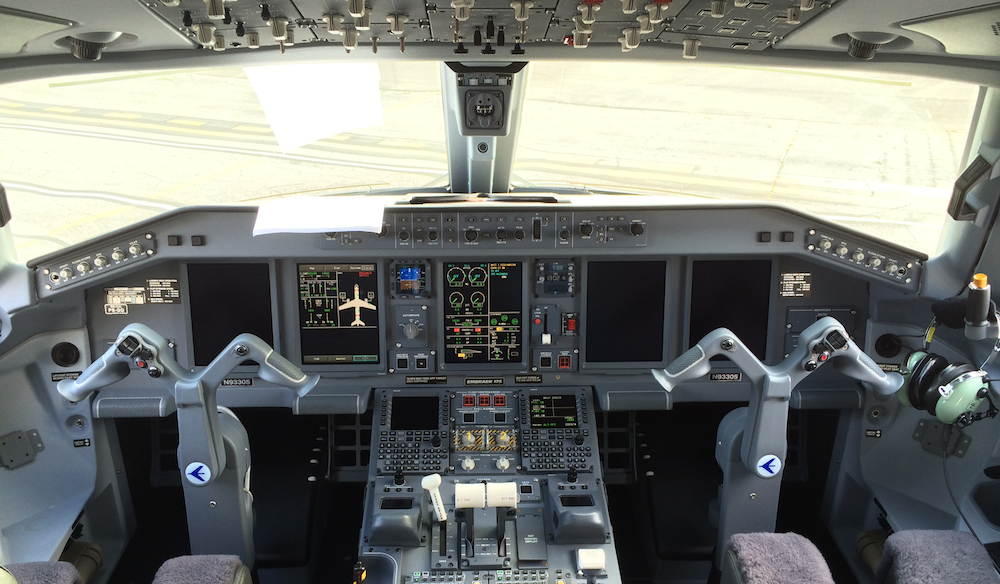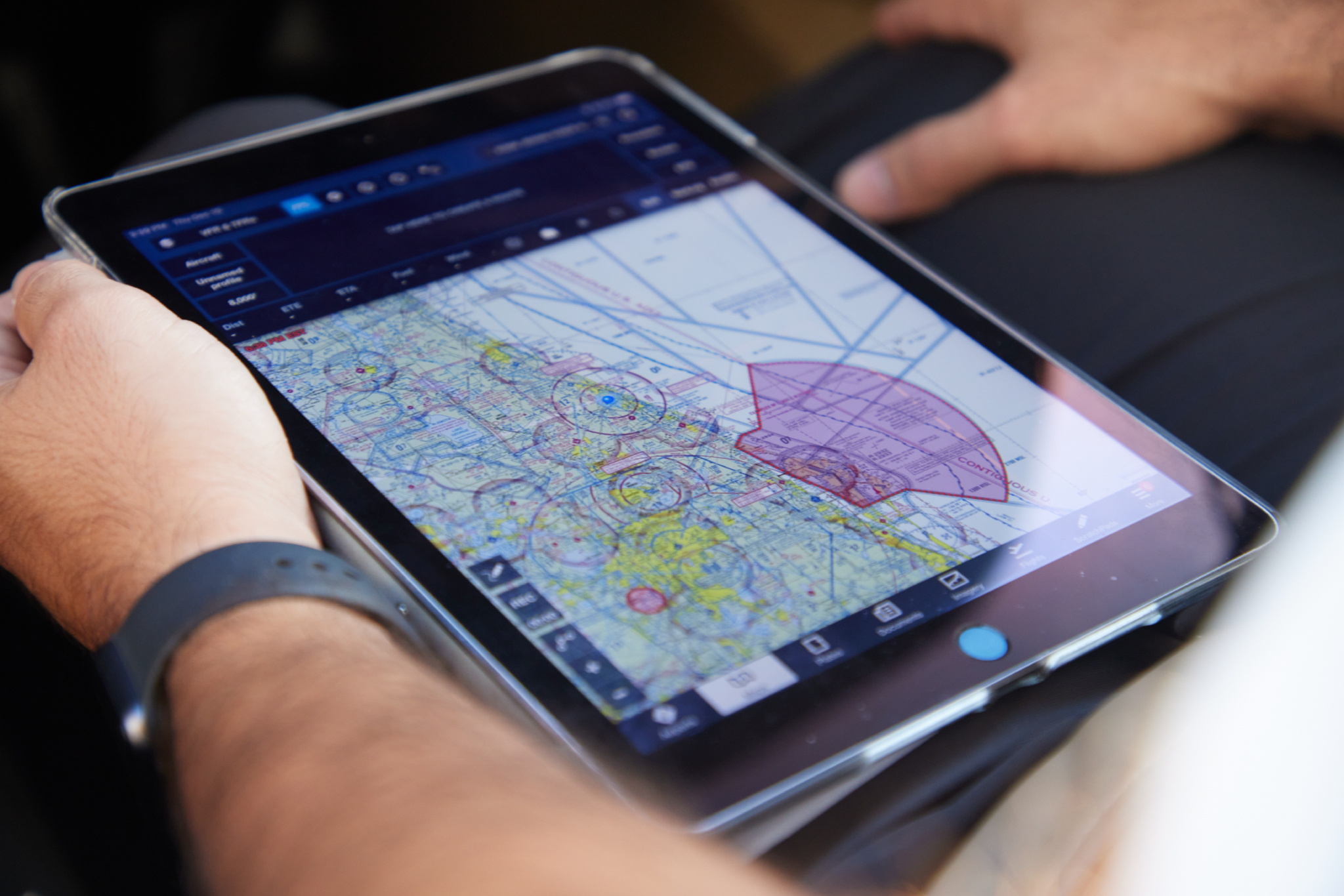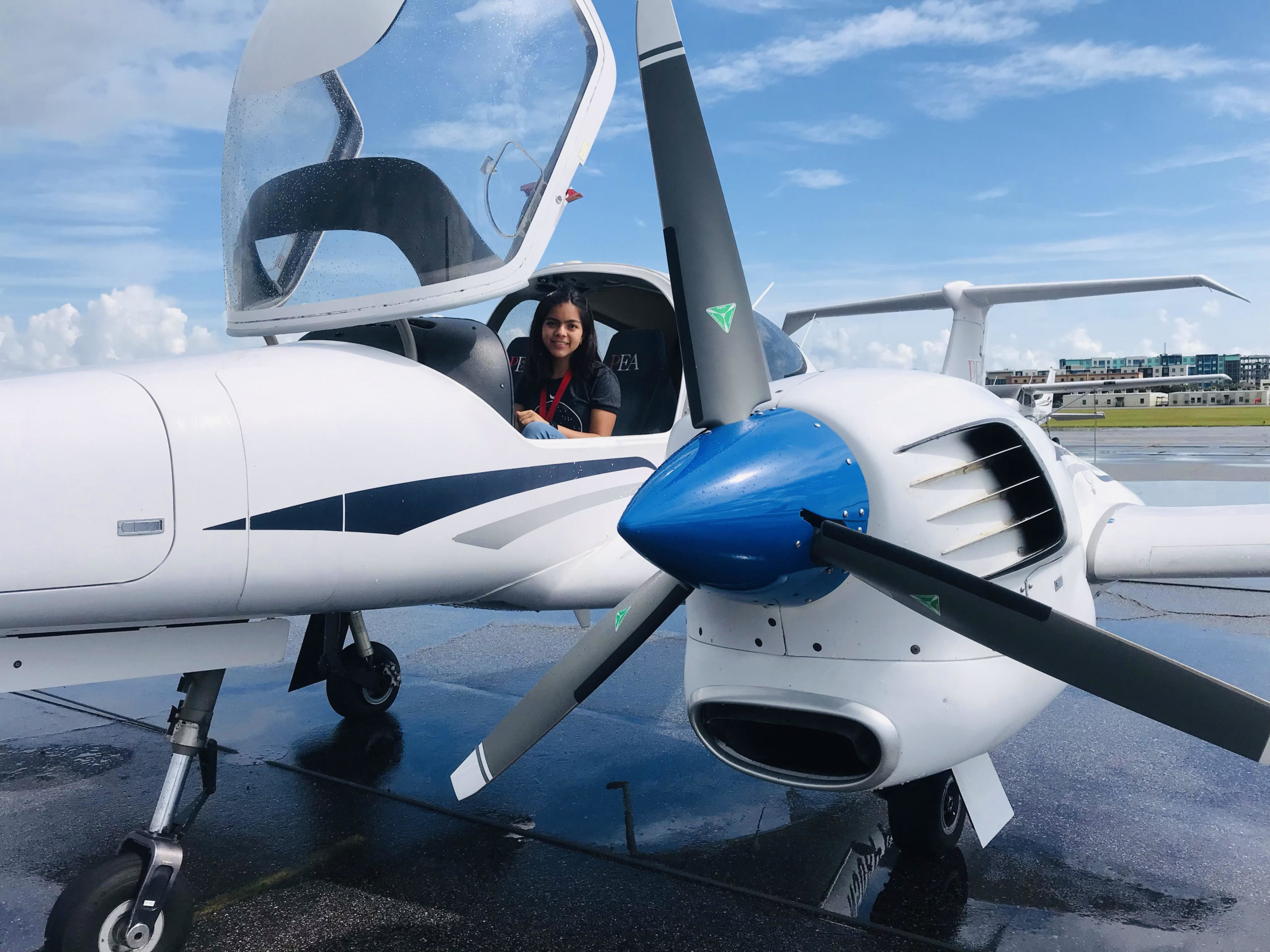What do VFR and IFR Mean?
As a prospective student, you probably hear about instrument training from more experienced students, and you might wonder what exactly “instrument” flying entails.

Instrument flying can seem like an elusive or abstract term if you’re not familiar with flying, but it quickly becomes clear as you learn the difference between VFR and IFR, or VMC and IMC. Even seasoned pilots tend to use these terms incorrectly, so don’t feel too bad if you don’t know exactly what they mean. Let’s take a look at what all of this means.
VFR
VFR stands for visual flight rules, and the term refers to a set of rules created by the FAA for flight in VMC, or visual meteorological conditions. These are terms that even pilots sometimes use incorrectly. To avoid confusion, it’s best to learn the correct terminology from the start: When referring to VFR or VMC, VFR is the type of flight operation or type of flight plan flown by the pilot, and VMC refers to the type of weather conditions.
Air traffic controllers aren’t always required to keep VFR aircraft separated from each other like they do for IFR traffic. The responsibility for traffic separation lies solely with the pilot during VFR operations, which means he needs to be able to see in front of and around his aircraft while in the air. For this reason, VFR rules also cover visibility requirements and cloud clearance criteria required to fly with visual reference to the ground and/or horizon. These visibility and cloud clearance requirements vary depending on the type of airspace you’re flying in, but they exist to ensure that pilots flying VFR don’t get caught up in the clouds and crash into each other.
IFR
IFR and IMC are similar. IFR stands for instrument flight rules – the set of rules that govern aircraft that fly in IMC, or instrument meteorological conditions. In general terms, instrument flying means flying in the clouds. More specifically, IMC is defined as weather that is “below the minimums prescribed for flight under Visual Flight Rules.”
It’s called instrument flight because the pilot navigates only by reference to the instruments in the aircraft cockpit. Flying in the clouds (IMC) requires an IFR flight plan and an instrument rating.
Flying by instruments, without any outside references sounds dangerous, but it’s very safe once you’ve received the proper training. Training includes learning how to use navigational aids like VORs, ADF and GPS and how to fly approaches using an instrument landing system (ILS). Instrument training also includes a comprehensive study of weather systems and reports, icing conditions, and how the human body responds to spatial disorientation.
Instrument flying involves a higher degree of precision and professionalism than VFR flying, but earning an instrument rating means you won’t be grounded as often because of bad weather. And it’s a necessary step to becoming a professional pilot.




